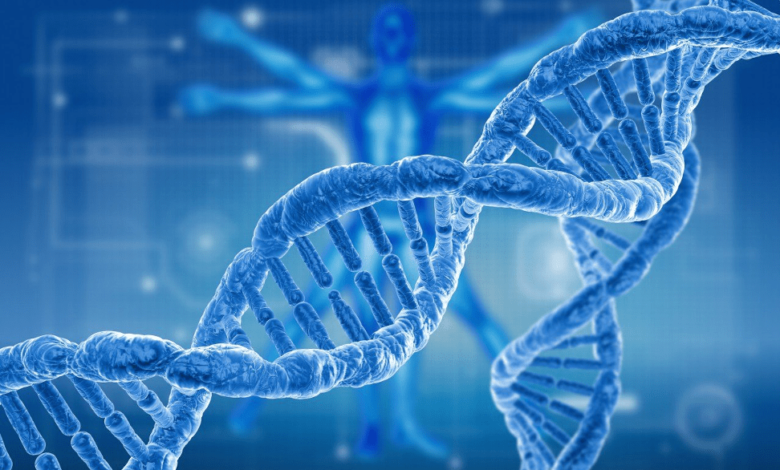Siberian Scientists Unveil Genetic Insights into Generational Stress Response


In a groundbreaking study led by researchers at the Institute of Cytology and Genetics of the Siberian Branch of the Russian Academy of Sciences in Novosibirsk, significant revelations about the genetic makeup of individuals born during crisis years in Russia have been brought to light. The study, made possible through the integration of artificial intelligence, sheds new light on the correlation between social factors and genetic predispositions, particularly concerning stress resilience and anxiety levels.
The study focused on individuals born during tumultuous years for Russia, spanning from 1992 to 1995, aptly termed the “crisis generation.” By analyzing blood samples and conducting comprehensive surveys across three distinct generational cohorts (1982-1985, 1992-1995, and 2002-2005), researchers identified notable genetic variations associated with stress response.
Among the 21 genetic variants examined, two genes, DRD4 and COMT, emerged as prominently linked to the “crisis generation.” Notably, variants of the DRD4 gene, characterized by long repetitions, were correlated with both novelty-seeking behavior and enhanced stress tolerance. Conversely, a variant of the COMT gene was found to reduce the likelihood of anxiety disorders, albeit also associated with ADHD.
Furthermore, the study revealed a higher prevalence of a specific variant of the ESR1 gene among individuals born during crisis years. This variant, while contributing to increased anxiety, paradoxically correlated with higher fertility rates.
Lead researcher Svetlana Mikhailova, a candidate of biological sciences, expressed surprise at these findings, noting the complex interplay between stress, genetic predispositions, and reproductive behavior. Mikhailova emphasized the necessity of broader, more extensive studies to validate these initial insights.
Mikhailova also underscored the evolving nature of human evolution, wherein natural selection now appears to favor traits associated with stress resistance rather than merely mortality rates. This shift, she posited, underscores the intricate relationship between genetic adaptations and societal challenges.
In light of these revelations, future research endeavors will aim to delve deeper into the genetic underpinnings of stress resilience and its implications for human evolution and societal dynamics. As science continues to unravel the complexities of human genetics, the intersection of demography and genetics promises to yield further insights into the intricate tapestry of human existence.



